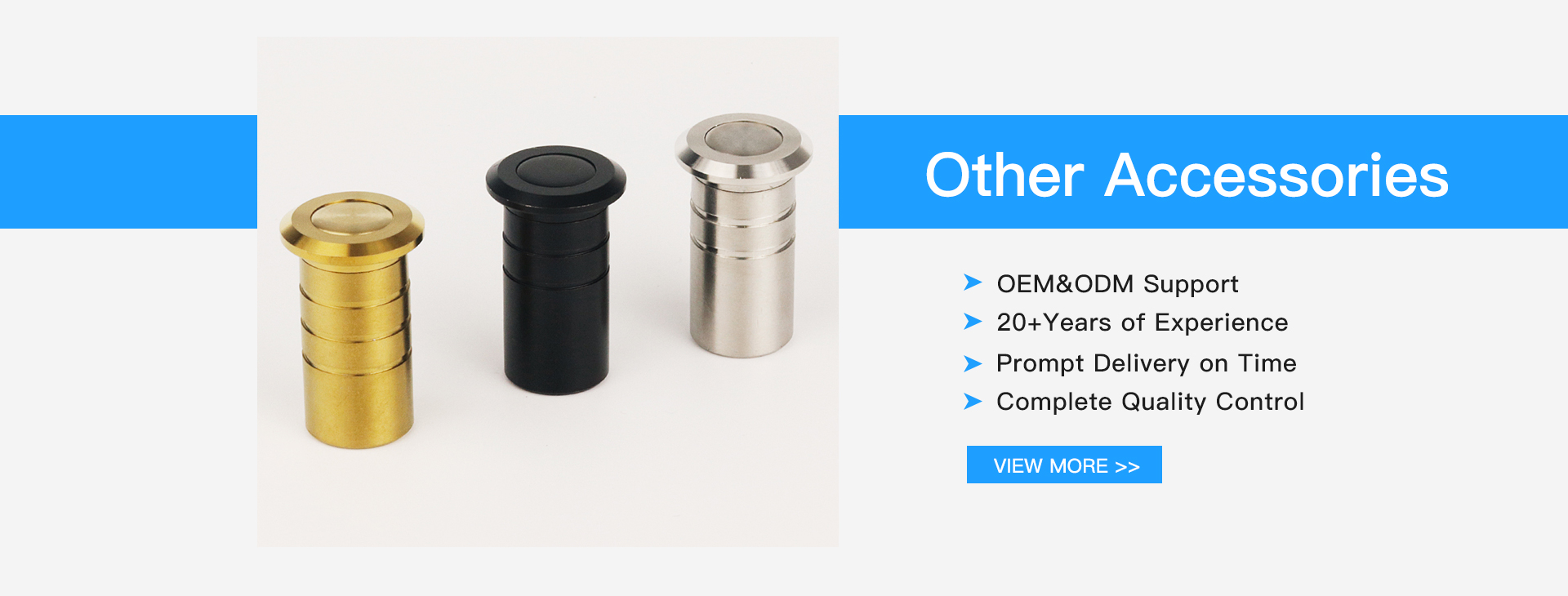Aluminum alloy tempers are essential in defining the mechanical properties and processing methods of aluminum products. Here's a detailed explanation of the common temper codes used in the industry:
The "F" temper refers to the free machining condition, typically used for materials that require specific work hardening or heat treatment during forming. However, the mechanical properties of F-tempered alloys are not usually specified, making it less commonly used.
The "O" temper stands for annealed state, where the material has been fully annealed to reduce its strength. This is often applied to processed products that need lower hardness, though it is not frequently encountered.
The "H" temper represents the work-hardened state, used for materials strengthened through cold working. After work hardening, additional heat treatment may be applied to reduce the strength, depending on the material type. It is commonly seen in non-heat-treatable alloys.
The "W" temper indicates a solid solution heat-treated state, which is unstable and only applies to alloys that have undergone natural aging at room temperature after solution heat treatment. This code signifies the material is in the natural aging stage, but it is rarely used.
The "T" temper is used for heat-treated materials, often combined with work hardening to achieve a stable condition. The T code must be followed by one or more digits, indicating specific heat treatment processes. For example, T6 means solution heat treated and artificially aged, while T4 means solution heat treated and naturally aged. Commonly, non-heat-treatable alloys use H followed by two digits (e.g., 1100-H14).
The H temper is further divided into subcategories based on the work hardening method and degree of hardening. The first digit after H indicates the process: H1* means simple work hardening, H2* involves work hardening followed by partial annealing, H3* includes stabilization, and H4* involves painting or coating. The second digit shows the level of hardening, ranging from 1 to 9, with higher numbers indicating greater hardness.
For heat-treatable alloys, the T temper is often followed by a number (e.g., T6, T4), representing a specific heat treatment process. T0 means the material was solution heat treated and then cooled without aging. Other variations like T5, T6, and T7 indicate different aging and tempering procedures, ensuring the desired mechanical properties.
Understanding these temper codes is crucial for selecting the right material for specific applications, as they directly impact the strength, formability, and durability of aluminum products.

Other Accessories,Popular Shower Door Handle,Stainless Steel Dust Proof,Black Glass Door Knobs
ONLEE HARDWARE CO.,LTD , https://www.onleehardware.com